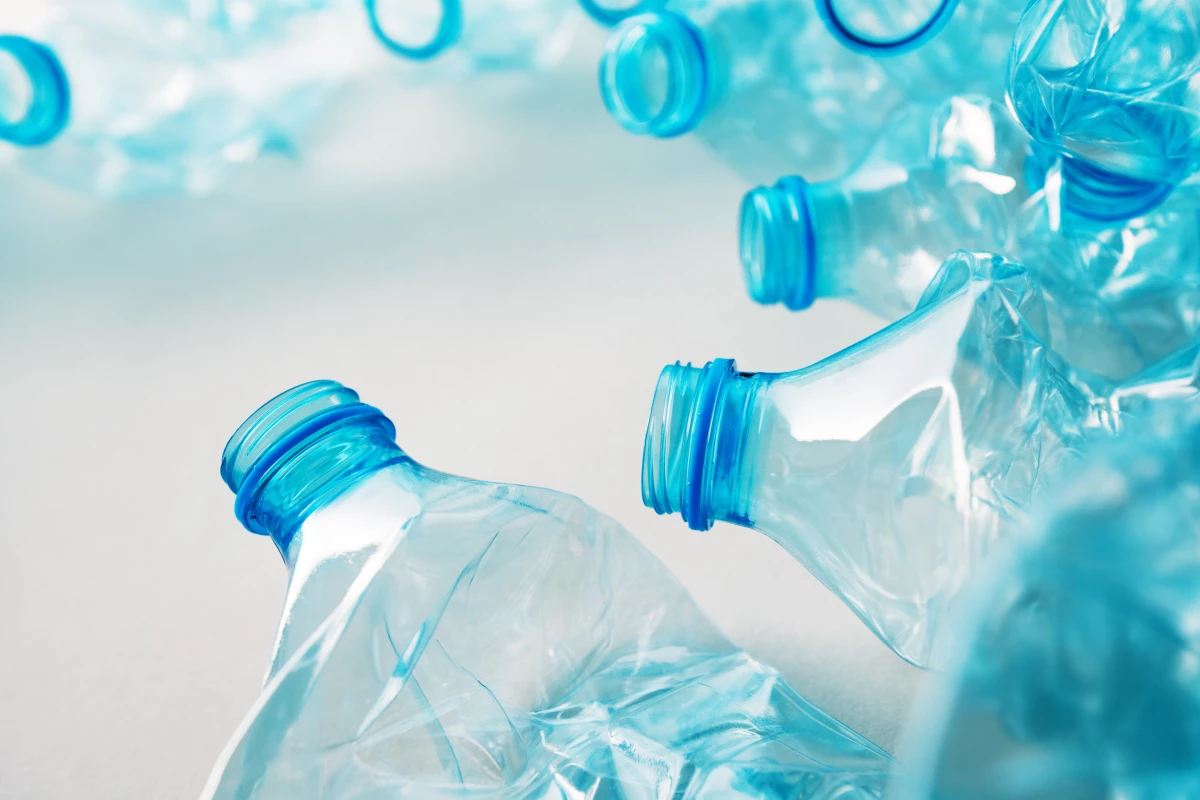Studies continue to illuminate the extent of our plastic waste problem, and more recently, have started to uncover what it might all mean for human health. The latest discovery in this area reveals a new mechanism through which an ingredient in common plastics drives up cholesterol and risk of cardiovascular disease in mice, potentially filling in some important blanks as to why similar effects have been observed in humans.
Much of the plastic trash that washes into the ocean is broken down into tiny fragments known as microsplastics, which are consumed by marine creatures. These have been shown to weaken the adhesive abilities of mussels, induce cognitive impairment in hermit crabs. cause aneurysms and reproductive changes in fish, and travel up the food chain via seals.
So far as humans are concerned, studies have shown microplastics can alter the shape of and de-cluster human lung cells and suggested they can infiltrate the blood-brain barrier. Chemicals called plasticizers, such as BPA and its replacements, that are added to plastics to make them durable and flexible, have also been found to cause alarming damage to brain cells. This latest study focuses on another common type of plasticizer called phthalates.
These have been used in plastics manufacturing for more than half a century and feature as key ingredients in thousands of consumer products, ranging from shower curtains, to vinyl flooring, to food packaging. Extensive studies have shown phthalates to be well-known endocrine disruptors, and a study published in October attributed up to 100,000 premature deaths in the US to exposure to the chemical, with strong links to heart disease.
But there is a lot still to learn about the biological mechanisms underlying these links, and new research out of the University of California, Riverside has offered some valuable new insights. The scientists focused on a commonly used plasticizer called dicyclohexyl phthalate (DCHP), subjecting mouse models to the chemical and observing the effects.
“We found dicyclohexyl phthalate, or DCHP, strongly binds to a receptor called pregnane X receptor, or PXR,” says team leader Changcheng Zhou. “DCHP ‘turns on’ PXR in the gut, inducing the expression of key proteins required for cholesterol absorption and transport. Our experiments show that DCHP elicits high cholesterol by targeting intestinal PXR signaling.”
The team's experiments also showed that exposing the mice to DCHP led to higher levels of waxy lipid molecules called ceramides in the blood. These molecules are associated with a heightened risk of cardiovascular disease in humans, and the increased concentration of them in the mice was found to be related to the altered PXR signaling.
“This, too, points to the potentially important role of PXR in contributing to the harmful effects of plastic-associated chemicals on cardiovascular health in humans,” Zhou says.
Plastic waste is everywhere, with scientists discovering microplastics in Antarctic sea ice, near the summit of Mt Everest, in snowfall in the Arctic and in human stool samples collected all around the world. The World Health Organization has also launched a health review after discovering plastic particles in 93 percent of bottled water. Deepening our understanding about the risks the material poses to human health will be critical moving forward.
“To our knowledge, our study is the first to show the effects of DCHP exposure on high cholesterol and cardiovascular disease risk in mouse models,” Zhou says. “Our results provide insights and new understandings of the impact of plastic-associated chemicals on high cholesterol – or dyslipidemia – and cardiovascular disease risk.”
The research was published in the journal Environmental Health Perspectives.




